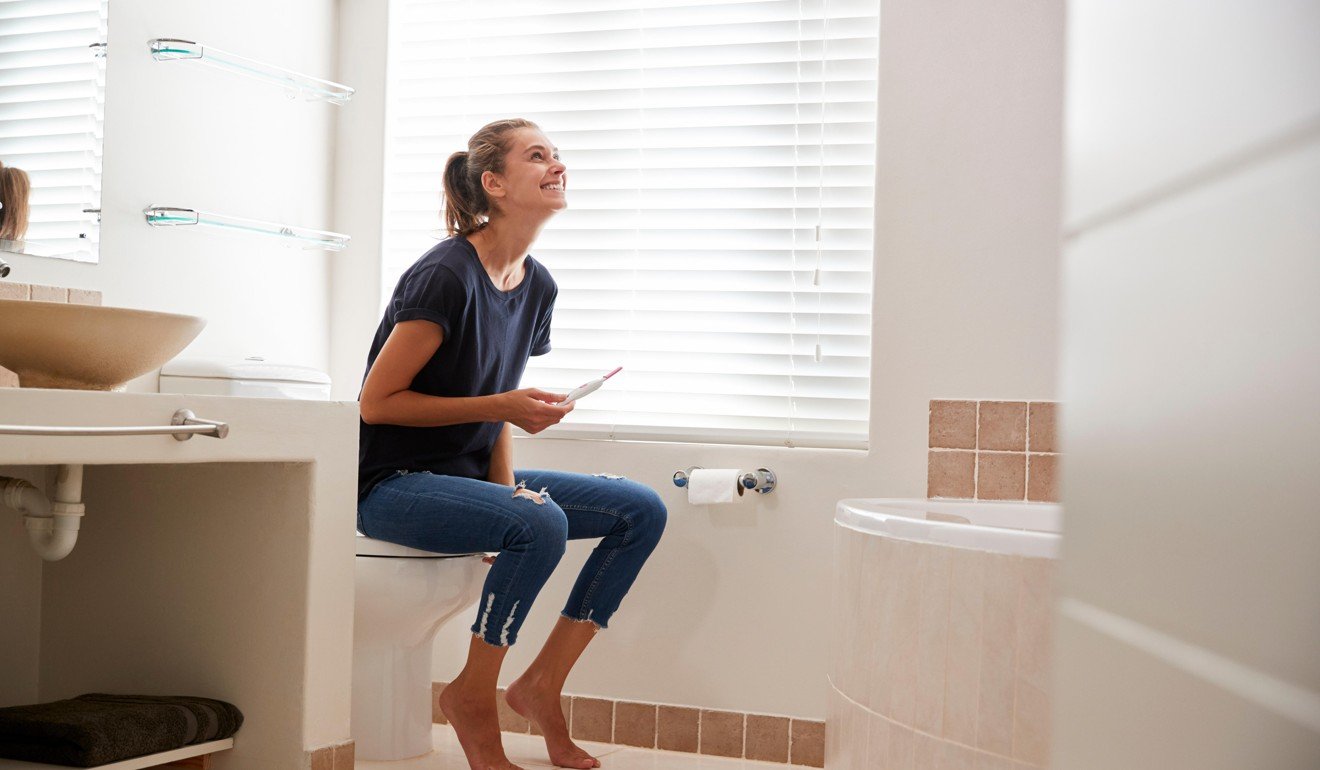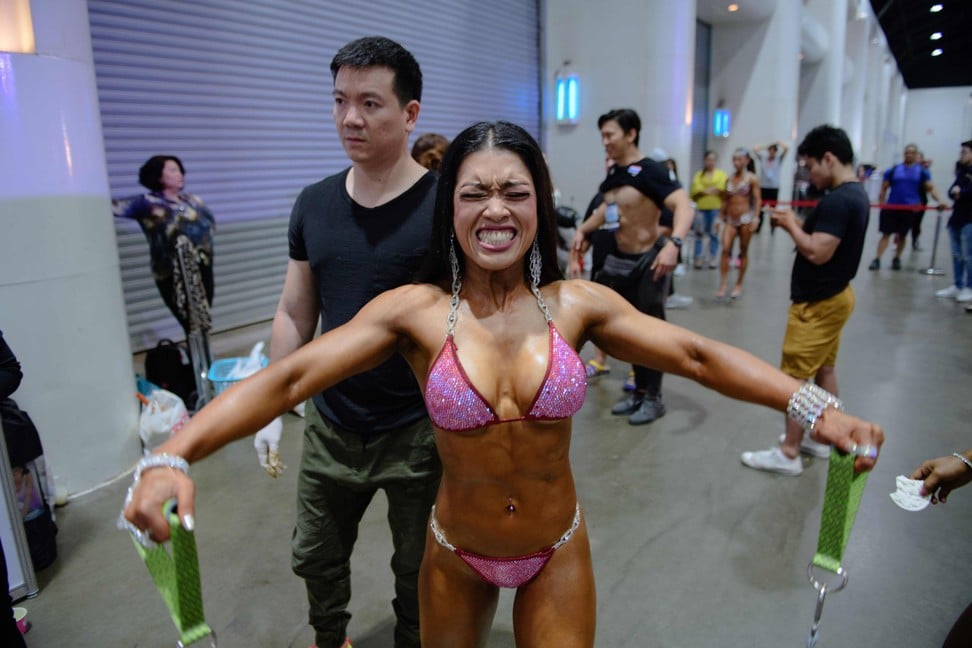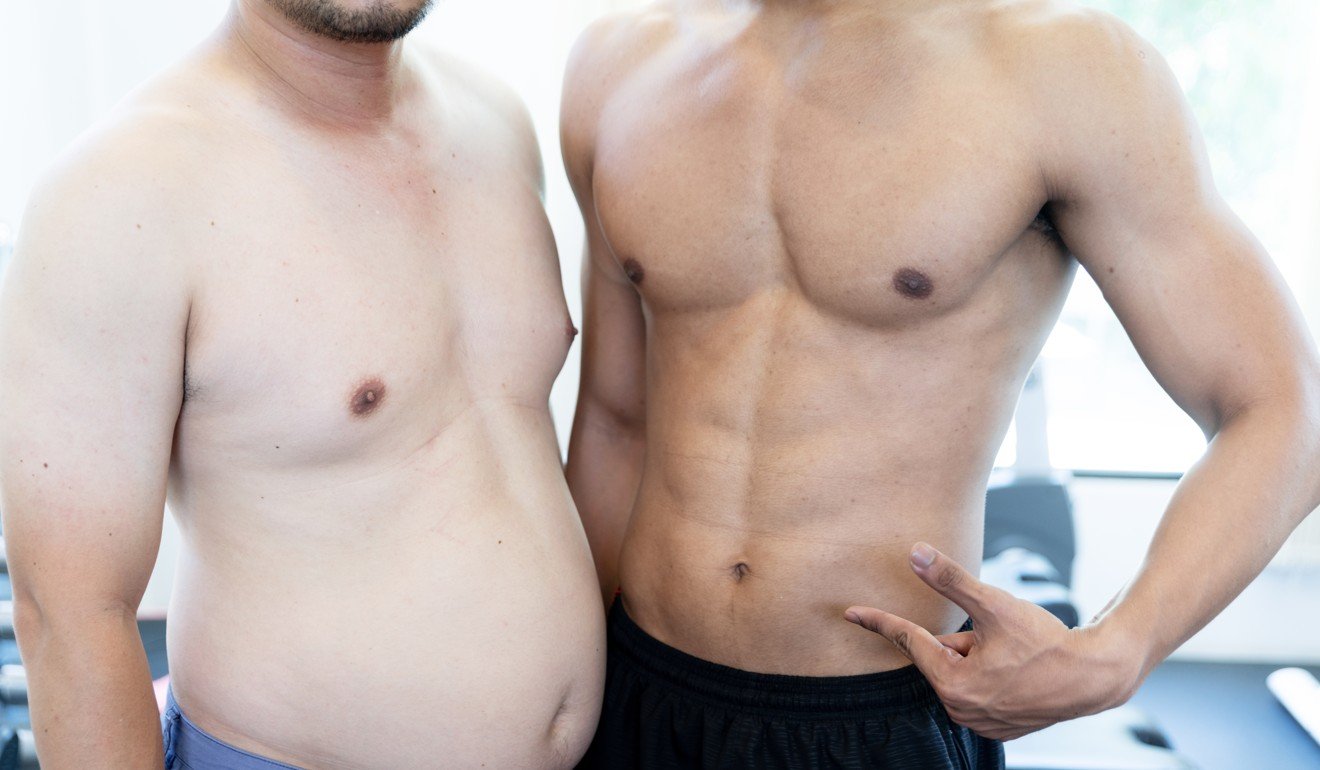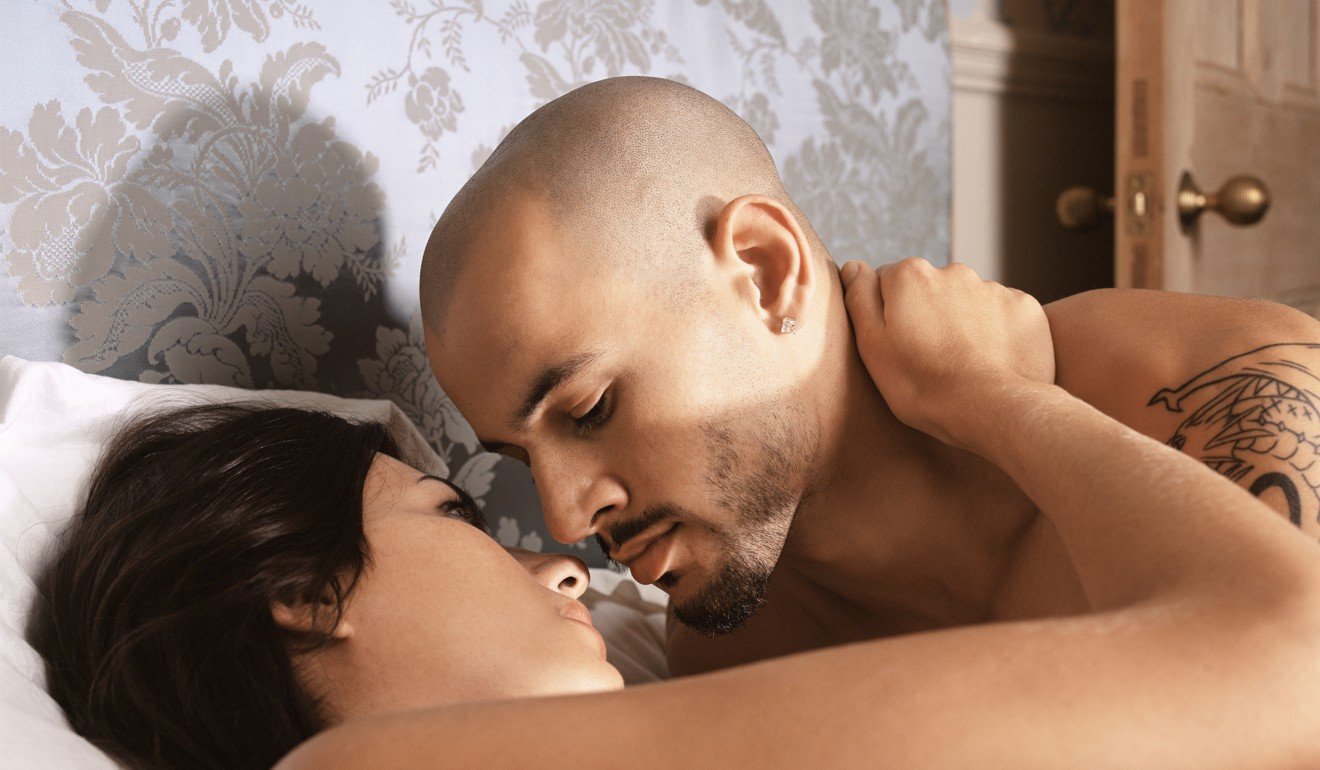
10 testosterone truths: sex drive, baldness, why women need it and the ‘manopause’
- How much do you know about testosterone? We bust myths and prove truths about the sex hormone that affects both men and women
- Testosterone may make men’s muscles pop, but it also makes their testes shrivel

The sex hormone testosterone plays important roles in health and disease. We talked to experts and studied recent research findings to dispel some common misconceptions about the hormone that is vital in reproductive activity.
Only men make testosterone
No. Both men and women do.
Testosterone is an androgen hormone, which means it stimulates the development of male characteristics. Women with small breasts and narrow hips are often called “androgenous”.
The hormone is made in the testes of men and the ovaries of women, and in the adrenal glands, located above the kidneys, in small quantities in both men and women. Normal levels for women are 5 to 7 per cent of those for men.
Total testosterone levels vary throughout the day. They are highest in the morning and lower towards the end of the day. In healthy adult men, levels would be around 240 to 950 nanograms per decilitre, and 8 to 60 ng/dl in women.
Women whose levels are too high may develop facial hair, some balding and acne.
Taking testosterone supplements makes men more virile
No. It may make their muscles pop, but it also makes their testes shrivel – called “testicular atrophy” – which makes them less fertile.
“Taking testosterone is almost male contraception,” says Dr Brian Levine, a director at CCRM New York Fertility Clinic.
High doses of testosterone decrease a man’s sperm count significantly, he explains. This is because the more the brain senses testosterone in the blood, the less it signals for the testes to produce more on their own.
Testosterone promotes fertility in women
Yes – oddly, and in a roundabout way, because it affects egg development, according to research by the University of Rochester Medical Centre in New York.

It is believed that testosterone prevents the premature “death” of the egg at an early stage of development. That’s because testosterone in the ovaries may help make follicles more sensitive to the hormone FSH – follicle-stimulating hormone – that helps to mature ovulated eggs. Clever huh?
Testosterone develops muscle mass in women
Yes. If it does in men, of course it’s going to in women, too.
Men produce more testosterone, so their muscle mass is going to be greater. But one of the reasons muscle mass in women begins to decline with the menopause is because of declining testosterone.

And while we’re on testosterone and muscle mass in men – many body builders shave their heads to replicate the baldness associated with high testosterone counts.
Very high testosterone levels in men lead to baldness, ergo bald men are more virile
Yes, this is true – but only in part. Dihydrotestosterone, or DHT, is a derivative of testosterone and is found in skin, hair follicles and the prostate. It’s the actions of DHT and the sensitivity of hair follicles to it that leads to hair loss.
Oddly, a man can have low levels of testosterone in his system but too much DHT. So the adage that a bald man is a virile one because of high levels of testosterone is potentially both true and false.

Is there really a male menopause?
Yes – the “manopause” really is a thing, though it is technically an “andropause” rather than a menopause and may be experienced by men starting around the age of 40.
Just as in women, it’s all about hormone decline; for men, it’s due to a slow drop in testosterone levels. And just as with menopause in women, there may be physiological manifestations: loss of bone mass, loss of muscle mass, tendency to expanding waistlines, plummeting libidos, anxiety, depression and insomnia. But not the hot flushes.
Keeping fit and not smoking may help delay andropause, or make it less acutely felt. Most men manage perfectly well – it’s a natural part of human ageing after all – even if women dismiss grumpy partners as having a midlife crisis and “manopausal”.
But men who suffer with very low moods or erectile dysfunction should see their doctors; there are good treatment options available just as there is HRT for women.
Testosterone turns us all on
Yes. It does. Even women.
The link between testosterone and our sex drive is well known. Although there is some research to suggest extra testosterone may improve sexual function in some women – especially post-menopause when women may be prescribed testosterone creams or gels to apply to the skin – the jury is still out on this.
“Having less testosterone can have three effects that women notice,” says Hong Kong-based Dr Sue Jamieson. “This may be less sex drive, generally low energy levels, and also muscle mass. Some women notice that even though they exercise to the same extent, the muscles become more flabby and less firm.”

Testosterone can boost a woman’s libido because it targets receptors in the brain responsible for sexual activity. But there are risks associated with synthetically adding testosterone post-menopause, and it won’t make any difference if there aren’t other positive things going on – good relationships and good health, for a start.
Women in love have more testosterone, which is handy when kick-starting a new relationship. Strangely, the opposite is true for men; single men or those with a long-term partner have more than the recently hooked-up.
Men have a higher pain threshold because of testosterone
Apparently they do. Studies suggest that the female hormone oestrogen may lower a person’s pain threshold whereas testosterone appears to make people more pain tolerant. This does not explain, however, how women manage to endure childbirth while attendant fathers faint...

Testosterone is why men can read maps and women can read moods
It’s true. Testosterone is good for the memory and particularly associated with spatial intelligence. Empathy, though, is all about being able to read people well (and then, often, being able to react sensitively). Higher testosterone levels make for interpreting body language less fluently.
Fat can lower testosterone and testosterone can lower fat
Fat men tend to have lower testosterone levels than leaner ones, possibly because obesity promotes a state of widespread inflammation in the body and the downing of tools in the testosterone factory.
Upping a man’s testosterone levels may help men drop the spare tyre – not that it’s advocated as a dietary technique.